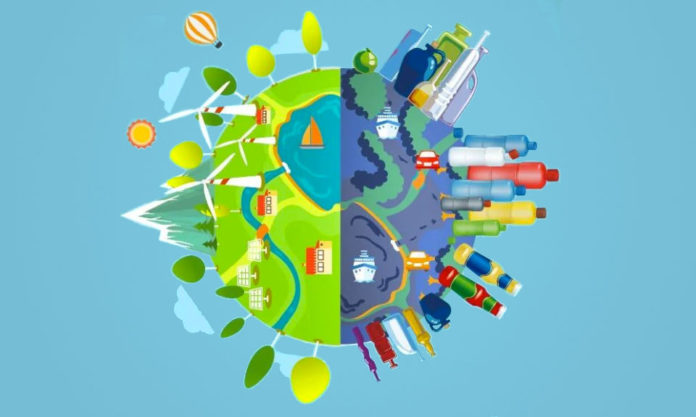With the clock ticking on a complete ban on non-reusable plastic straws in China by year end, drinks providers all over China are scrambling to put in place alternatives, discovering along the way additional expense and an apathetic public.
Back in January, China announced its war on single-use plastics. And the timing could not have been worse. With Wuhan going into lockdown just a few days later and every restaurant in the land shuttered, single-use plastic straws were the last thing on people’s minds.
Suddenly, August is just around the corner, bringing with it a sharp reminder that from 1 September, the associated law shall be implemented.
The Law of the People’s Republic of China on the Prevention and Control on Environmental Protection by Solid Wastes (中华人民共和国固体废物污染环境防治法) will see non-degradable bags and single-use straws banned in major cities by the end of 2020 and in all cities and towns by 2022. There is a caveat, though; markets selling fresh produce will be exempt until 2025.
The law was originally conceived as long ago as 1995. According to the NPC Observer, it has since undergone no less than four revisions and amendments, with the last in April of this year.
Those who fail to comply with the law from 1 September could be hit with a fine anywhere from ¥10,000 to ¥100,000.
Tough measures indeed, but arguably necessary incentives given the overwhelming size of the problem now being faced. Last year, China generated 81.84 million tons of plastic waste. Among this, 46 billion plastic straws (approximately 30 for every Chinese person alive), weighing in at nearly 30,000 tons.
One plastic straw takes 500 years to degrade.
MacDonald’s alone produces 400 tons of plastic straws annually. The fast-food giant told CCTV Finance & Economics that its plastic reduction measures, which comprise stopping the use of plastic straws and fine tuning the design of cup lids, will cover mainland China this year, reported The Paper on 15 July.
Starbucks, for comparison, dishes out 200 tons of plastic straws to its customers in China each year.
During conversations with consumers, CCTV found that most people expressed their understanding and support for the ban on plastic straws, but some said that it would be inconvenient to stop using them.
Ultimately, consumer education will be key, while other sectors which go through large quantities of straws, such as the growing myriad of bubble tea shops, also face the urgent task to find products that can replace plastic straws.
Naturally, the increased cost of reusable or recyclable straws is a significant factor. It is understood that the average cost of a plastic straw is approximately ¥0.03, while that of a paper straw is around ¥0.1.
Then there is the problem with inertia. A 2008 ban on retailers giving out free plastic bags has been barely recognised by all but the big-chain stores. And while consumers may voice their support publicly, what they do in reality is another matter. One store owner told CCTV that only one third of their customers would favour a paper straw over plastic.
Yet, there is also every reason to be optimistic. Renowned as the world’s biggest polluter, China is showing that she is taking the steps necessary to shed herself of the less-than-desirous title. Meanwhile, the innovation of new materials and technologies shall also go a long way to helping China kick her single-use plastic habit.









